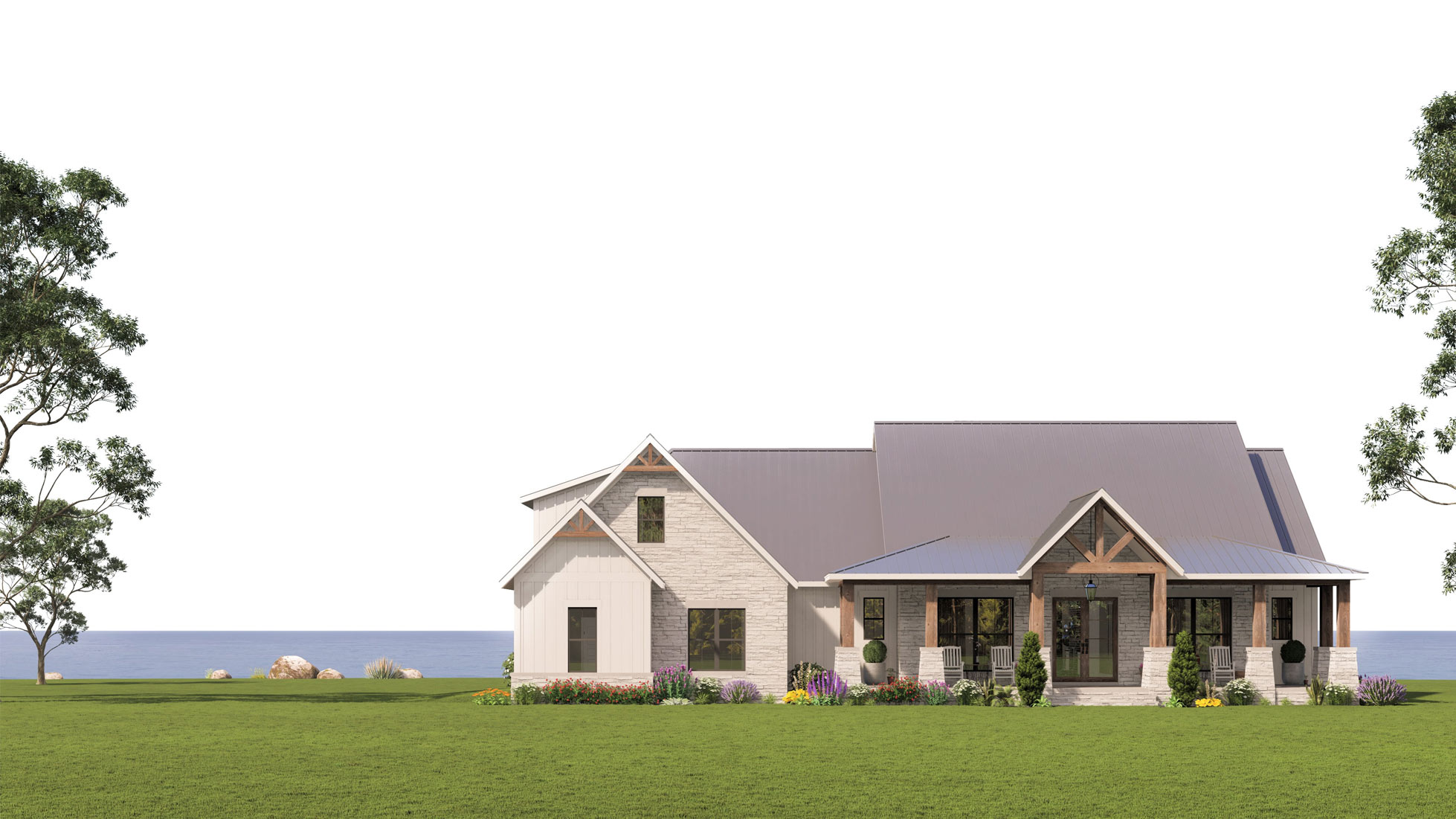When building your dream home, one of the most crucial first steps is to decide on the home’s floor plan. Fortunately, America’s Best House Plans has made it easy to browse floor plans with an extensive set of filters for you to use.
Use the filters on this page to narrow your choices until you have a selection of homes that fit your criteria.
Here are some questions to ask and input your answers into the filters:
There are several types of floor plans for new homes, but the three most common types are:
The most commonly used home floor plan varies depending on factors such as region, building type, and personal preference. However, open floor plans have become increasingly popular in residential construction in recent years, particularly in the United States. Open floor plans seamlessly blend the kitchen, living room, and dining room together, enhancing the ability to function and grow with your home comfortably. By eliminating unnecessary walls in the house, open floor plans give the perspective of an extensive space. Additionally, the lack of walls allows natural light to flood the entire house, reducing the need for artificial light. These designs are favored for their spaciousness, flexibility, and ability to promote socializing and family togetherness.
Traditional house floor plans are still commonly used in older homes, while split floor plans are often used in multi-level dwellings or for accommodating multiple generations. Traditional floor plans typically feature distinct rooms separated by walls and doors, allowing each room to have individual functions. These floor plans offer greater privacy for each room, which homeowners can significantly desire. Ultimately, the choice of floor plan will depend on the specific needs and preferences of the homeowner.
A modern floor plan typically includes the following elements:
The floor plan of a house is typically designed by either an architect, a residential designer, a home builder, or a combination of these professionals. These professionals have expertise in designing residential buildings and creating floor plans for homes that meet the needs and preferences of homeowners.
Architects are licensed professionals who have completed a degree in architecture and have passed a certification exam. They have extensive knowledge of building codes and regulations, as well as design principles, and can create custom plans that are unique and tailored to the specific needs of the homeowner.
Residential designers are professionals who specialize in the design of residential buildings. They may have a degree in architecture or a related field and often work closely with homeowners to create house floor plans that meet their needs and preferences.
Home builders may also design floor plans as part of their services. They typically have a team of in-house designers who work with the homeowner to create a customized floor plan that meets their needs and fits within their budget.
Good plans are functional, efficient, and meet the needs and preferences of home builders. Here are some characteristics of a good floor plan:
Overall, the cost of a home floor plan is a relatively small portion of the overall cost of building a home. A well-designed floor plan can help save money in the long run by maximizing the efficiency of the space and reducing the need for costly modifications or additions in the future.

